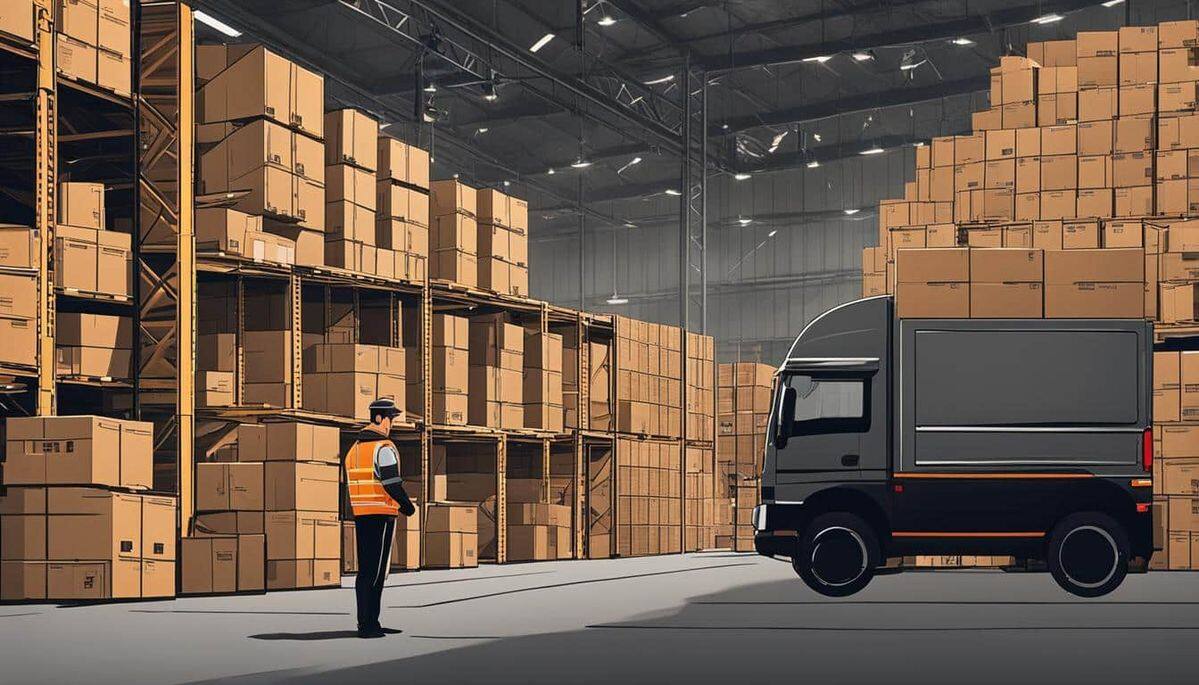What are the operational differences between FCL and LCL sea freight shipments to the Middle East? The core operational difference between FCL and LCL sea freight shipments to the Middle East stems from whether the cargo exclusively occupies a container. FCL involves a single shipper using an entire container, resulting in a simpler process, while LCL requires consolidating cargo from multiple shippers into one container, leading to more complex procedures.

FCL Operational Process
Requirement Confirmation & Booking: The shipper, based on cargo volume (typically ≥ a 20-foot container), selects a freight forwarder/shipping line. They provide cargo details (HS code, weight, dangerous goods属性, etc.), confirm the Middle East destination port and additional services, secure space, and receive a Booking Confirmation.
Container Pickup & Loading: Using the Shipping Order (SO), the empty container is picked up from the designated yard. The shipper can choose "Factory Loading" or "Yard Loading." After the container is sealed, the container number and seal number are generated. Preparation of customs clearance documents (commercial invoice, packing list, COC/SASO and other Middle East certifications) happens simultaneously.
Customs Declaration & Port Gathering: The freight forwarder assists in completing export customs declaration. After customs clearance is granted, the container is transported to the port of loading to gather, awaiting loading onto the vessel.
Ocean Transport & Destination Customs Clearance: After the cargo is loaded onto the vessel, the shipping line issues a Multimodal Transport Bill of Lading. Upon arrival at the Middle East destination port, the appointed local customs broker submits the Bill of Lading and clearance documents. After completing customs inspection and paying duties, the cargo is released.
Container Pickup & Delivery: The shipper or agent uses the release document to pick up the entire container from the destination port yard. It is then transported directly to the final destination for delivery.
LCL Operational Process
Cargo Delivery & Consolidation: The shipper (with cargo volume<1 small container) delivers the goods to the freight forwarder's designated warehouse. The forwarder checks the details of each shipper's cargo, uniformly records cargo ownership information, and generates a Warehouse Receipt.
Consolidation & Booking: Based on the consolidated cargo, the freight forwarder books an entire container space. They arrange for warehouse tallying and container loading. After the container is sealed, a Master Bill of Lading is generated, and a House Bill of Lading is issued for each individual shipper.
Consolidated Customs Declaration & Ocean Transport: The freight forwarder handles export customs declaration using the "full container" as the unit. The subsequent process is consistent with FCL; the goods arrive at the Middle East destination port via ocean freight.
Destination Deconsolidation & Distribution: After customs release, the container is transported to the freight forwarder's partnered destination warehouse for deconsolidation (stripping). The warehouse sorts each shipper's goods according to the House Bills of Lading and notifies the shippers or their agents for pickup. If inland transportation is required, it can connect to the local trucking network.


